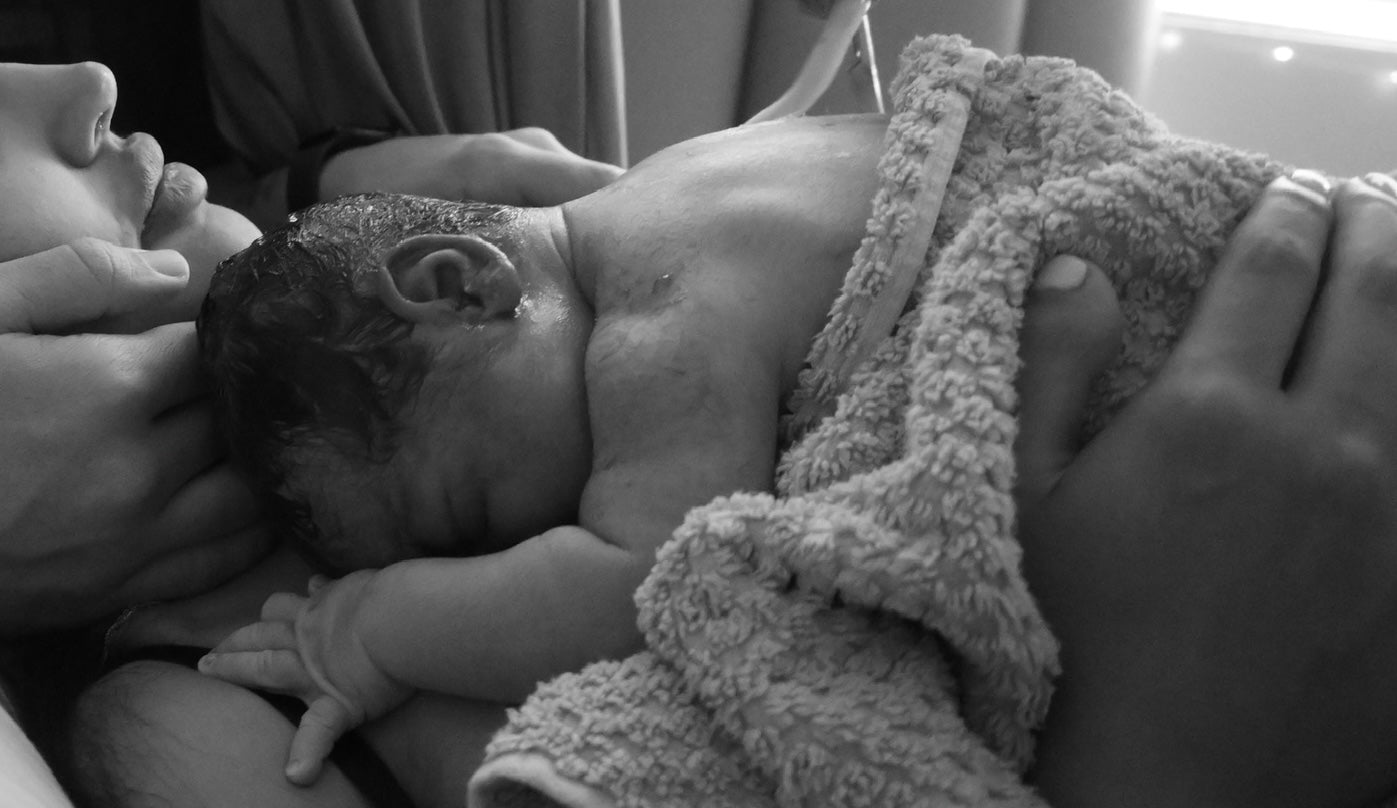Among the many moments that make up the incredible journey of birth, the "golden hour" holds a special place. This term refers to the first hour immediately after birth, a time that is crucial for bonding, breastfeeding, and the baby’s adjustment to life outside the womb. Understanding the importance of the golden hour can help new parents make the most of this precious time.
What is the Golden Hour?
The golden hour is the first hour following the birth of a baby. During this time, if both mother and baby are stable, they should ideally be in skin-to-skin contact. This period is a critical window for initiating breastfeeding, fostering maternal-infant bonding, and providing essential health benefits for both mother and baby.
Benefits of the Golden Hour
-
Bonding and Emotional Connection
The golden hour is a unique opportunity for the mother and baby to bond. Skin-to-skin contact immediately after birth helps to strengthen the emotional connection between mother and baby. This physical closeness releases oxytocin, often referred to as the "love hormone," which promotes feelings of affection and bonding. -
Breastfeeding Initiation
Initiating breastfeeding during the golden hour can be beneficial for both the mother and the baby. Newborns have a natural instinct to seek the breast and suckle. Early breastfeeding helps to stimulate the mother’s milk production and provides the baby with colostrum, the nutrient-rich first milk that is packed with antibodies and essential nutrients. -
Temperature Regulation
Skin-to-skin contact helps regulate the baby’s body temperature. Newborns are not yet able to regulate their own body temperature effectively. Lying on the mother’s chest keeps the baby warm and reduces the risk of hypothermia. -
Stabilizing Heart Rate and Breathing
The closeness during the golden hour can help stabilize the baby’s heart rate and breathing. The sound of the mother’s heartbeat and the rhythm of her breathing can provide comfort and reassurance to the newborn, helping them to adjust to the new environment outside the womb. -
Blood Sugar Regulation
Early skin-to-skin contact and breastfeeding can help stabilize the baby’s blood sugar levels. This is particularly important for babies who are at risk of low blood sugar, such as those born to mothers with diabetes. -
Reducing Stress for Both Mother and Baby
The golden hour can help reduce stress for both the mother and the baby. The comfort of being close to the mother can help calm the baby, while the mother benefits from the release of oxytocin, which can promote relaxation and reduce postpartum stress.
How to Make the Most of the Golden Hour
-
Communicate with Your Healthcare Provider
Before your due date, discuss your desire to have an uninterrupted golden hour with your healthcare provider. Make sure your birth plan includes your wish for immediate skin-to-skin contact and delayed routine procedures (such as weighing and bathing the baby) until after the golden hour. -
Create a Calm Environment
Request a calm and quiet environment for the golden hour. Dim lighting and minimal interruptions can help create a serene atmosphere conducive to bonding and breastfeeding. -
Involve Your Partner
The golden hour can also be a bonding time for the partner. Encourage your partner to be present and involved, whether it’s taking pictures, providing support, or even participating in skin-to-skin contact with the baby. -
Stay Flexible
While the golden hour is ideal, it’s important to stay flexible. If medical interventions are necessary, don’t get discouraged. The important thing is the health and safety of both the mother and baby. Skin-to-skin contact and bonding can still occur later, even if immediate contact isn’t possible.
The golden hour is a magical and critical time that lays the foundation for a strong bond between mother and baby, successful breastfeeding, and a smooth transition to life outside the womb. Embrace the golden hour as a time of connection, love, and the beginning of a beautiful journey with your new baby.



